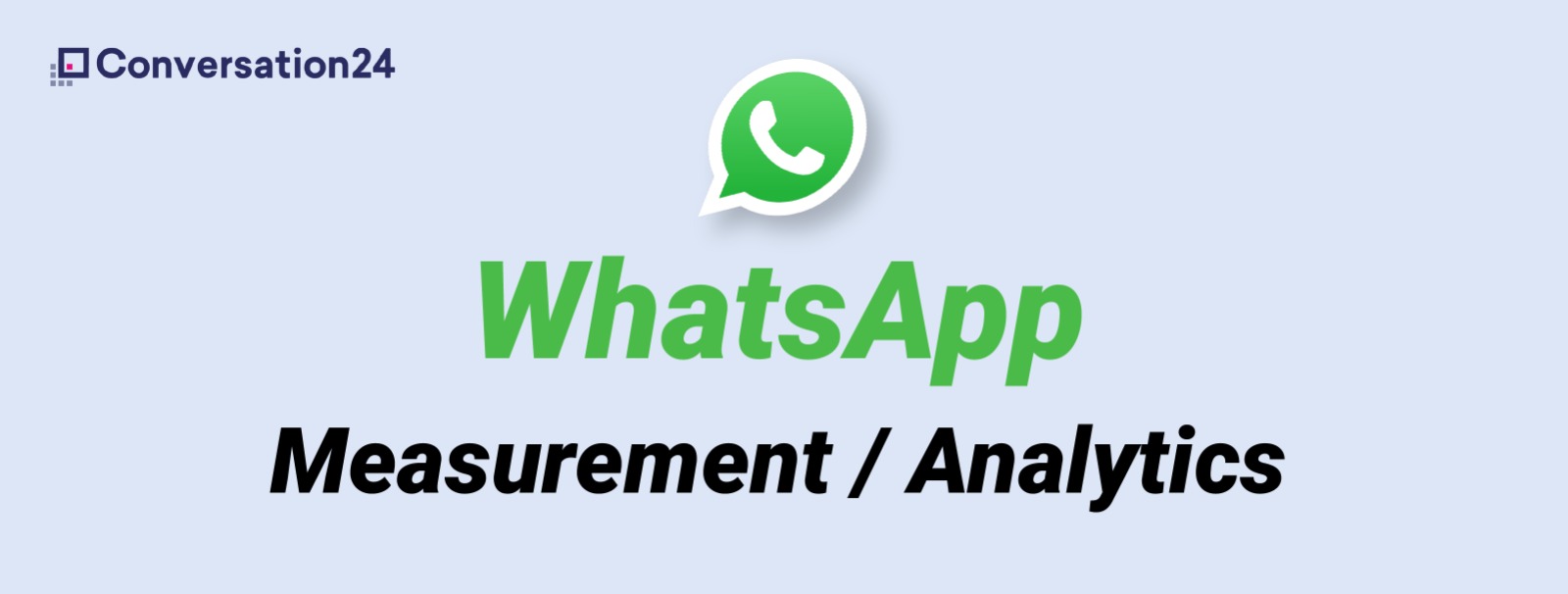People have a natural preference for what they see more often. The title above refers to this in a clever way. As you may have noticed, it is inspired by a slogan Hyundai used in one of its advertisements: “Do you also see a lot of Hyundai’s lately?”. With this slogan, Hyundai uses two psychological phenomena that cause consumers to pay more attention to Hyundai cars.
Frequency Illusion
The advertisement of Hyundai uses selective attention. The slogan directs people’s attention, while in traffic, to Hyundai cars instead of Audi’s and Volkswagens. As a result, Hyundai’s seem to occur more often than other cars. This is the frequency illusion. Thanks to the title of this article, in the near future, you will notice that more and more live chats can be found on websites, which is true by the way.
Confirmation Bias
The second phenomenon, confirmation bias, means that people tend to pay more attention and attach more value to information that corresponds to their own ideas and points of view. As soon as you see a Hyundai or chat, you will think: “Indeed, I really see more Hyundai’s and live chats”. This is in line with the idea that you have been reminded that there are more Hyundai’s on the road. In this way, the confirmation bias maintains the frequency illusion and we are more positive about Hyundai’s because we see them more often.
Live Chat Really Increases
By explaining this trick, we are of course burning our own fingers a little, because the moment one is aware of this process the effect decreases. Whereas Hyundai does not show with figures, in their advertisement, that there are more Hyundai’s on the road, we can show that the use of chat is increasing. According to a report published by Allied Market Research, titled, Live Chat Software Market by Product Type, and End User: Global Opportunity Analysis and Industry Forecast, 2017-2023, the global live chat market is expected to reach 1 billion dollars by 2023. So even though the title is a psychological marketing trick, in the case of live chat the suggestive question can at least be proven.


